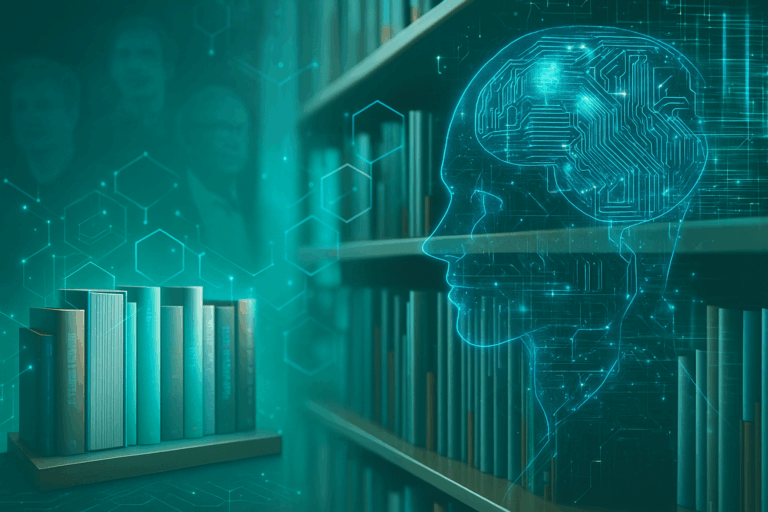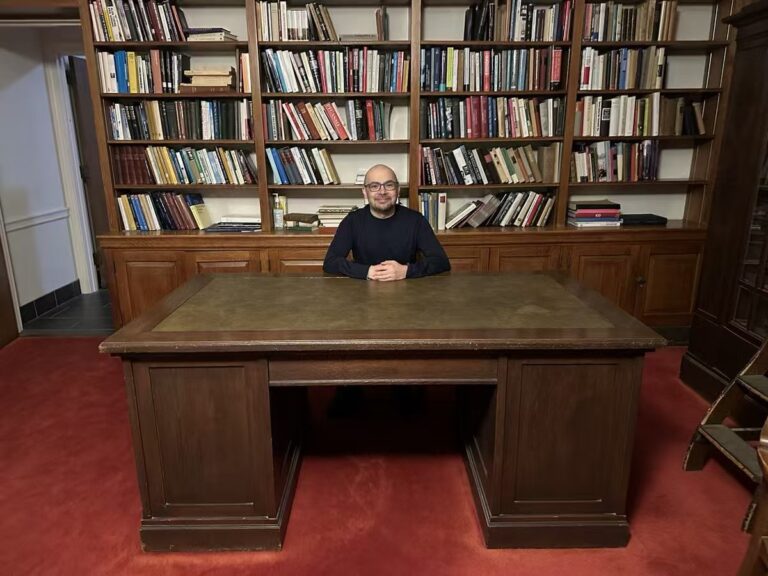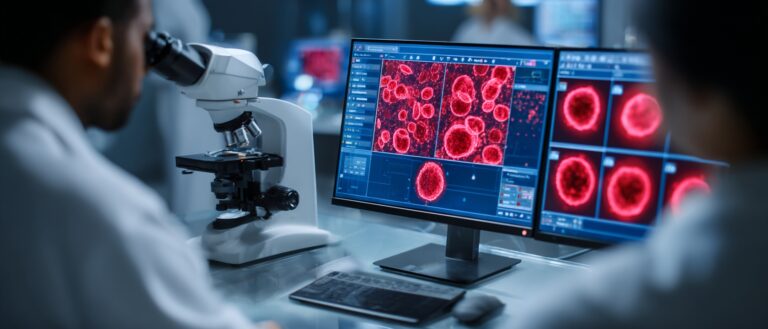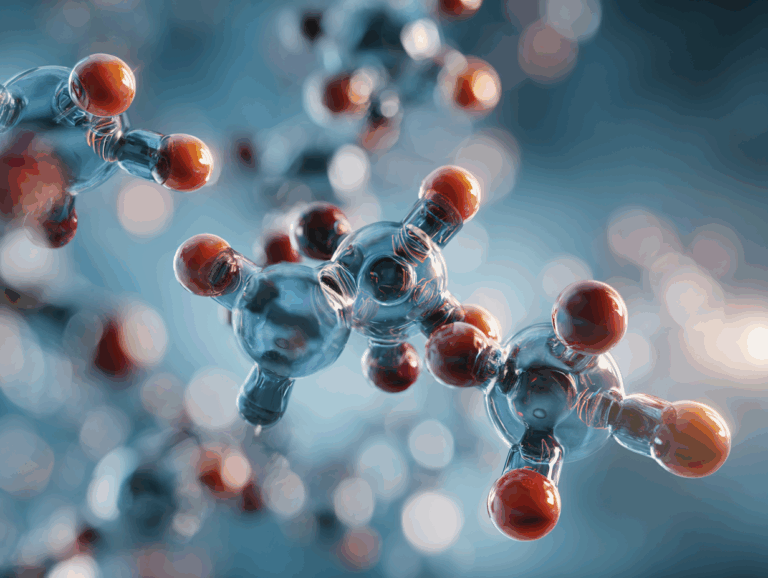Command Palette
Search for a command to run...
【ScienceAI Weekly】Making a Fortune in Silence! Nvidia's Medical Business Generates $1 Billion in Revenue; Musk: The First Human Brain Chip Subject May Have Recovered
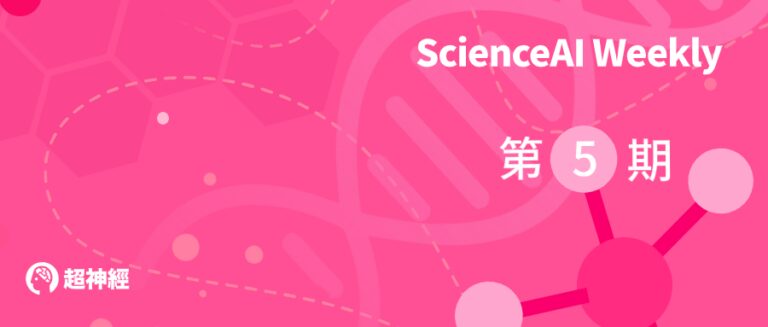
AI for Science New achievements, new trends and new perspectives——
* Nvidia's healthcare business generates more than $1 billion in revenue in fiscal 2024
* Bioptimus receives $35 million in seed round financing
* Neuralink's first human subject may have recovered
* WIVI Vision receives 4 million euros in financing
* Yili Chuan Ning Biotechnology Co., Ltd. and Shanghai Jinyu Technology Co., Ltd. reached a cooperation
* The Ministry of Science and Technology issued my country's first "Ethical Guidelines for Brain-Computer Interface Research"
See below for details~
Company News
Nvidia's healthcare business generates more than $1 billion in revenue in fiscal 2024
It is reported that Nvidia's healthcare business generated more than $1 billion in revenue in fiscal year 2024, 2-3 years ahead of the target. Currently, Nvidia has more than ten generative AI models, including small molecule modeling tools, OpenFold protein prediction models, and the Phenom-Beta model for target and drug discovery developed with Recursion. In 2023, Nvidia invested in 9 AI pharmaceutical companies, namely Charm Therapeutics, Recursion Pharmaceuticals, Genesis Therapeutics, Superluminal Medicines, Inceptive, Generate Biomedicines, Evozyne, Iambic Therapeutics and Erray Therapeutics.
Bioptimus secures $35 million in seed funding
Recently, French startup Bioptimus received $35 million in seed round financing, led by Sofinnova Partners and Bpifrance Large Venture.Cathay Innovation Other companies including Headline also made follow-up investments. The main members of the Bioptimus team are former executives from Google DeepMind and French artificial intelligence company Owkin. The goal is to build the first general artificial intelligence basic model in the field of biology, promote scientific breakthroughs and accelerate innovation in biomedicine and other fields.
Neuralink's first human test subject may have recovered
On February 20th local time, Tesla CEO Elon Musk said that the first human subject implanted with a Neuralink brain chip "seems to have fully recovered, with no adverse reactions that we know of, and the subject can move the mouse on the computer screen simply by thinking."
The company was founded by Musk in 2016. Its mission is to develop brain-computer interfaces to treat various brain-related diseases and create a whole-brain interface that can more closely connect biological and artificial intelligence. In May last year, Neuralink said that its first human clinical trial was approved by the U.S. Food and Drug Administration (FDA); in September last year, Neuralink announced that it would conduct its first human trial of a brain-computer interface this year.
WIVI Vision receives €4 million in funding
Spanish company Vision has received €4 million in funding. Adara Ventures The company intends to use the funds to boost its domestic and international development, accelerate team expansion and support the development of new technologies.
WIVI Vision is a vision therapy service provider founded in 2016. The company seeks to use big data and artificial intelligence (AI) technology to assess whether someone has visual dysfunction, and to improve patients' vision and provide vision therapy solutions based on personalized 3D training programs.
Yili Chuan Ning Biotechnology Co., Ltd. and Shanghai Jinyu Technology Co., Ltd. reached a cooperation
On February 22, Yili Chuan Ning Biotechnology Co., Ltd. and Shanghai Jinyun Technology Co., Ltd. announced a partnership. The two parties will give full play to the advantages of each party in their respective fields, integrate various resources, and cooperate in the optimization and upgrading of Chuan Ning Bio's antibiotic intermediate fermentation industry, the use of AI to assist in synthetic biology research and development, and the joint development of new products. Combining artificial intelligence with Chuan Ning Bio's existing industries, the two parties will form new quality productivity as soon as possible to comprehensively improve Chuan Ning Bio's production methods and production efficiency.
Policy Specifications
The Ministry of Science and Technology has issued my country's first "Ethical Guidelines for Brain-Computer Interface Research"
In February 2024, the Ministry of Science and Technology issued my country's first "Ethical Guidelines for Brain-Computer Interface Research", which clearly stated that when conducting brain-computer interface research, it is necessary to ensure that the research has social value, and should mainly focus on restorative brain-computer interface technology, emphasizing serving the public's health needs through the development of technology. Enhanced brain-computer interface technologies such as attention regulation, sleep regulation, memory regulation, exoskeletons, etc. for non-medical purposes should be encouraged to explore and develop to a certain extent under the premise of strict regulations and clear benefits.Guidelines》 also clarified issues such as the purpose of using brain-computer interfaces and the protection of subjects' privacy.
For the full specification, see:
https://www.most.gov.cn/kjbgz/202402/t20240202_189582.html
Tools and Resources
BLAST (Basic Local Alignment Search Tool): Biomacromolecule sequence alignment search tool
BLAST is able to find regions of local similarity between biological sequences, compare nucleotide or protein sequences to sequence databases, and calculate statistical significance, which can be used to infer functional and evolutionary relationships between sequences and help identify gene family members.
Open source address:
https://blast.ncbi.nlm.nih.gov/Blast.cgi
TheAlgorithms/C-Plus-Plus: Algorithm Collection
TheAlgorithms/C-Plus-Plus is a collection of various algorithms from the fields of mathematics, machine learning, computer science, and physics implemented in C++.
Resource address:
https://github.com/TheAlgorithms/C-Plus-Plus
NIMS-OS: Automatic material detection
NIMS-OS (NIMS Orchestration System) is a Python library that allows for automated material detection without human intervention. The NIMS Automated Robotic Electrochemical Experiment (NAREE) system can be used for robotic experiments and also provides a result visualization tool that allows users to check optimization results in real time.
Resource address:
https://github.com/nimsos-dev/nimsos
ChemCrow: Simplifying reasoning for common chemistry tasks
ChemCrow is an open source package that integrates 13 expert-designed chemistry tools to simplify the reasoning process of a variety of common chemical tasks in the fields of drug, material design and synthesis. The model achieves 80% top-1 accuracy and 84% top-5 accuracy on an independent test dataset of synthetically generated flowcharts, and can learn to automatically correct synthetic flowcharts.
Resource address:
https://github.com/ur-whitelab/chemcrow-public
BioMistral: Open Source LLM in Biomedical Science
BioMistral 7B is a specialized LLM for the biomedical field, derived from Mistral 7B Instruct v0.1 and further pre-trained on PubMed Central.
Resource address:
https://huggingface.co/BioMistral/BioMistral-7B
Research results
Predicting potential plasma tearing 300 milliseconds in advance based on deep reinforcement learning
Avoiding fusion plasma tearing instability with deep reinforcement learning
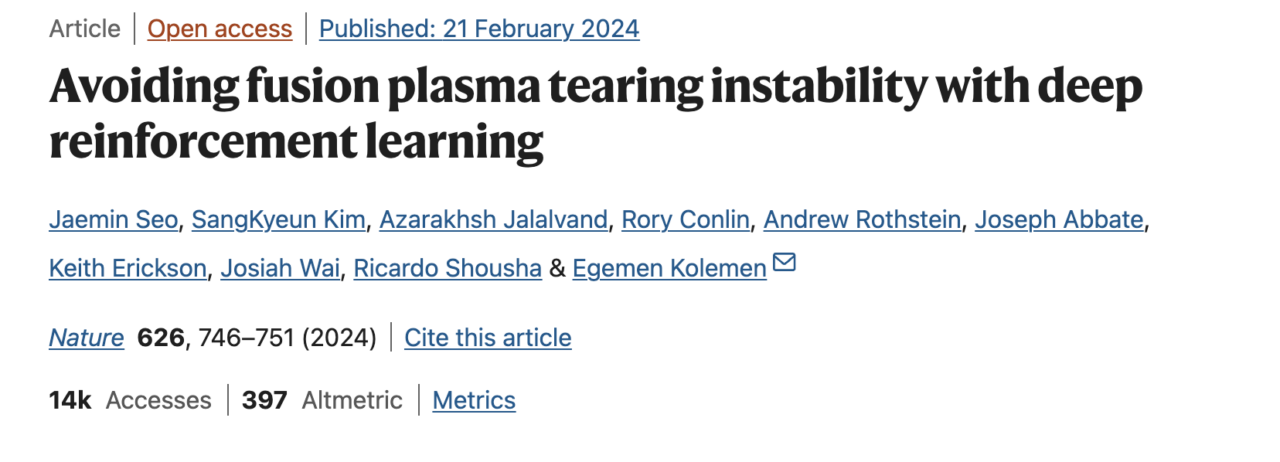
* Source: Nature
* Field: Energy and Environment
* Author: Princeton University
Plasma instability is an important challenge in nuclear fusion research. Using a multimodal dynamic model as a training environment for reinforcement learning AI, the researchers built a deep neural network that can predict the probability of future tearing mode instability based on real-time plasma characteristics. They also conducted experiments at the DIII-D National Fusion Facility in San Diego, and the results showed that the AI controller they developed can predict plasma instability 300 milliseconds before rupture.
Read the original article:
State-specific protein–ligand complex structure prediction with a multiscale deep generative model

* Source: Nature
* Field: Biomedicine
* Author: California Institute of Technology
NeuralPLexer, proposed by the researchers, uses a deep generative model to sample the three-dimensional structure of the binding complex and its conformational changes at atomic resolution. Studies have shown that the prediction results of NeuralPLexer are consistent with the structural determination experiments of important targets in enzyme engineering and drug discovery. In addition, NeuralPLexer's global protein structure prediction accuracy is always better than AlphaFold2 in representative structural pairs with large conformational changes and newly identified ligand-binding proteins.
Read the original article:
https://www.nature.com/articles/s42256-024-00792-z
Prediction of new drug interactions based on graph neural network
Emerging drug interaction prediction enabled by a flow-based graph neural network with biomedical network
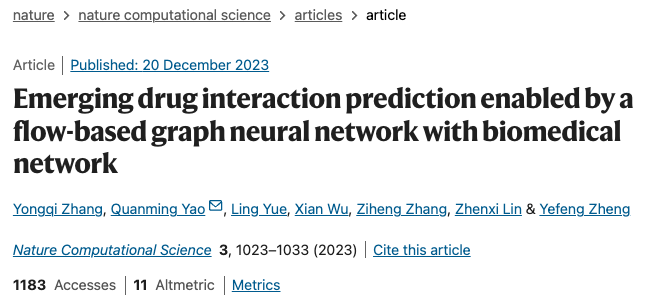
* Source: Nature Computational Science
* Field: Biomedicine
* Author: Tsinghua University
The researchers proposed a graph neural network, EmerGNN, which learns drug pairing features by extracting paths between drug pairs, propagating information from one drug to another, and adding relevant biomedical concepts to the paths. Experiments show that EmerGNN has higher accuracy than existing methods in predicting interactions between emerging drugs.
Read the original article:
https://www.nature.com/articles/s43588-023-00558-4Cas-DiffCom: A cascade diffusion model for longitudinal super-resolution of infant 3D medical images
Cas-DiffCom: Cascaded diffusion model for infant longitudinal super-resolution 3D medical image completion

* Source: arXiv
* Field: Healthcare
* Author: ShanghaiTech University
The researchers proposed a cascade diffusion model, Cas-DiffCom, for dense and longitudinal 3D infant brain MRI completion and super-resolution, and applied the proposed method to the Baby Connectome Project (BCP) dataset. The results showed that Cas-DiffCom achieved individual consistency and high fidelity in longitudinal infant brain image completion.
Read the original article:
https://arxiv.org/abs/2402.13776
Generative AI for carbon capture
A generative artificial intelligence framework based on a molecular diffusion model for the design of metal-organic frameworks for carbon capture

* Source: Communications Chemistry
* Field: Materials Chemistry
* Author: Argonne National Laboratory, USA
Metal-organic frameworks (MOFs) have great potential in carbon dioxide capture. The generative AI high-performance framework GHP-MOFassemble proposed by researchers can quickly assemble more than 120,000 new candidate MOFs one by one within 30 minutes by assembling randomly generated MOFs structures combined with molecular dynamics simulation and Monte Carlo simulation.
Read the original article:
https://www.nature.com/articles/s42004-023-01090-2
Upcoming Events
SIMONS seminar will be held on May 6
The SIMONS seminar hosted by New York University will be held on May 6 at the Kimmel Center of New York University. Scholars from Oxford University, Free University of Berlin and other universities have been invited to discuss the latest developments in biomolecular simulation, as well as development challenges and other topics.
The initial topics of this workshop include: combining simulation, experimental data and machine learning to understand protein dynamics, large-scale MD simulation of bacterial membranes, revealing chromatin structure and dynamics through physical modeling and large-scale simulation, etc.
Registration link:
https://wp.nyu.edu/sccpc/event/challenges-in-biomolecular-simulations-symposium/
AI4SCIENCE @ Caltech
Caltech has launched the AI4Science program, which is led by Professors Anima Anandkumar and Yisong Yue. It brings together many experts in AI and other disciplines and is committed to integrating cutting-edge artificial intelligence technologies into various fields of science and engineering, breaking down disciplinary barriers, and driving scientific research innovation and development.
During the academic year, the program will be held every two weeks at noon on Wednesdays, in the form of lectures and courses, providing theoretical knowledge training and practical opportunities in machine learning for scholars from different scientific fields.
Registration link:
https://www.ai4science.caltech.edu/events.html
Event Review
AI for Science Live SeriesThe fifth AI for Science live broadcast series, hosted by the Institute of Natural Sciences of Shanghai Jiao Tong University and the Shanghai National Center for Applied Mathematics (Shanghai Jiao Tong University Branch), will open on February 29. The theme of the live broadcast is the research progress of multimodal generative large models. Speaker Yangshuai Wang will explore the application and potential of artificial intelligence in scientific research. By sharing the latest research results and technological advances, the academic community will strengthen its understanding and application of AI in the scientific field, promote interdisciplinary cooperation, and promote scientific progress.
Event Link:
https://mp.weixin.qq.com/s/0kkh52_qhLr2bn-75GulPw
LoG 2023 Shanghai Practical SharingShanghai Jiao Tong University and Peking University jointly held the LoG2023 seminar in Shanghai. This conference focused on the related fields of graphics and geometric machine learning, and united the strength of mathematical elites and computer science experts at home and abroad to conduct in-depth discussions on the mathematical theory of geometric deep learning, and cultivate reliable topological structures and efficient deep neural network computing units.
Live playback:
The above is all the content that "Science AI Weekly" wants to share~
If you have the latest research results, first-hand information about companies, etc. about AI for Science, please leave a message "Revelation".
